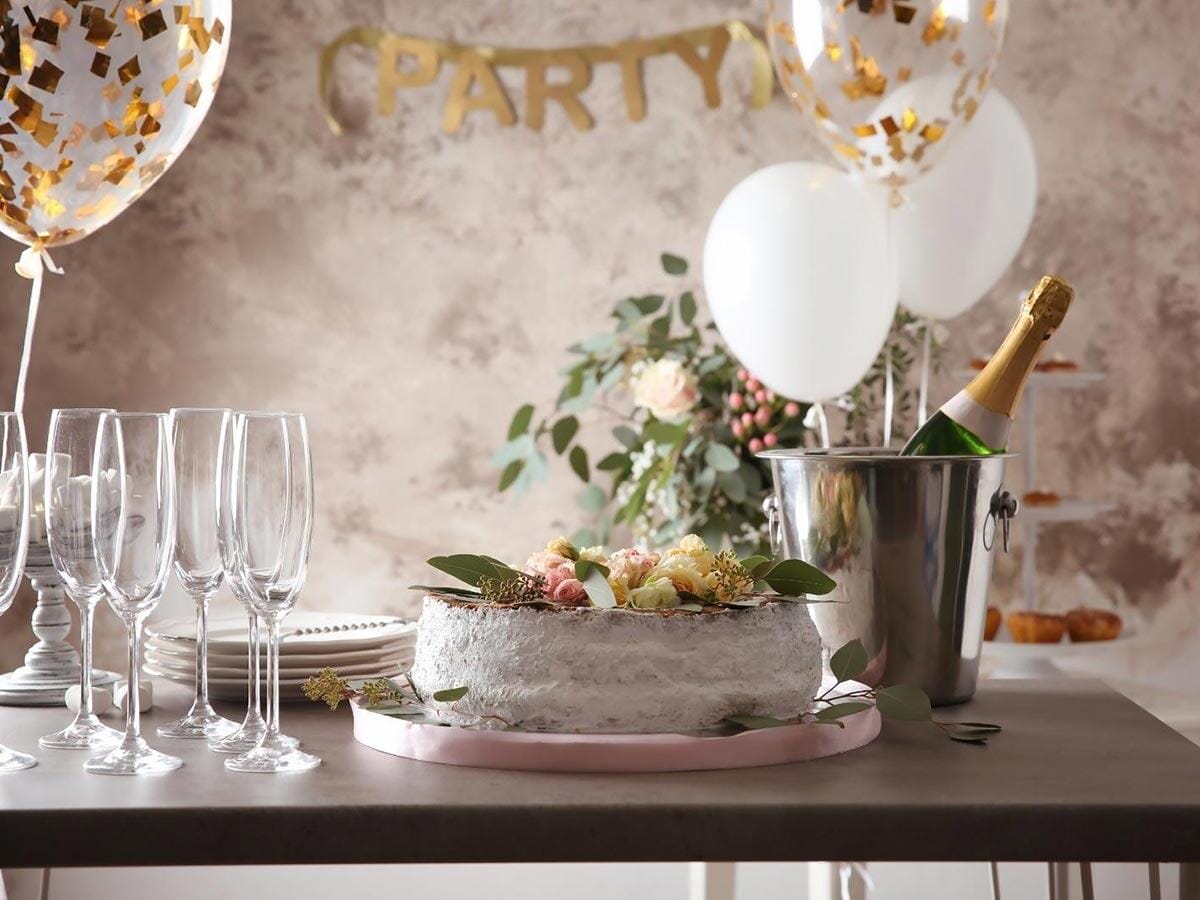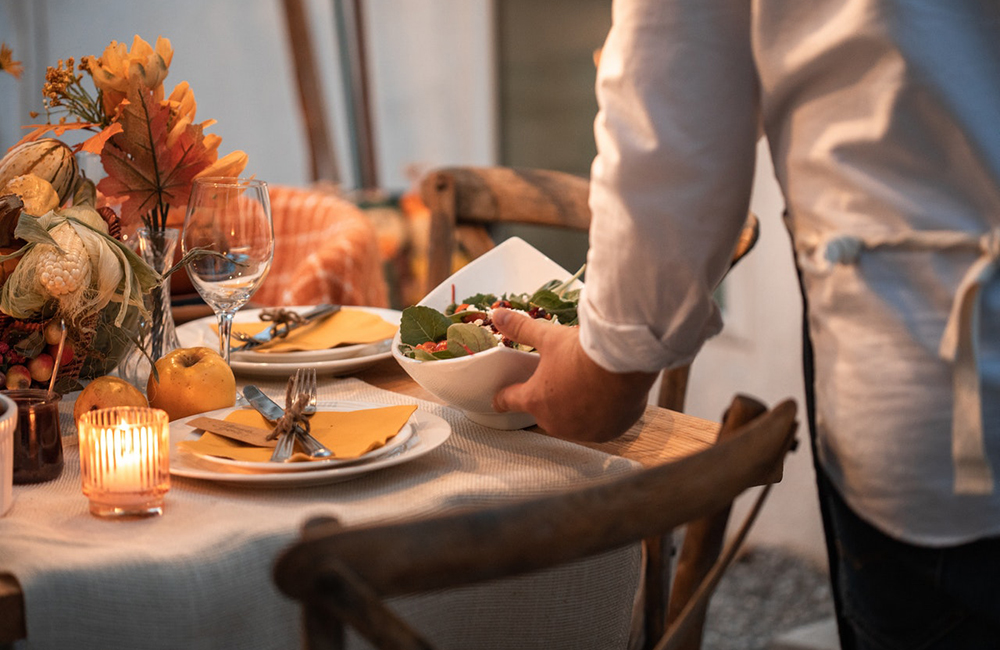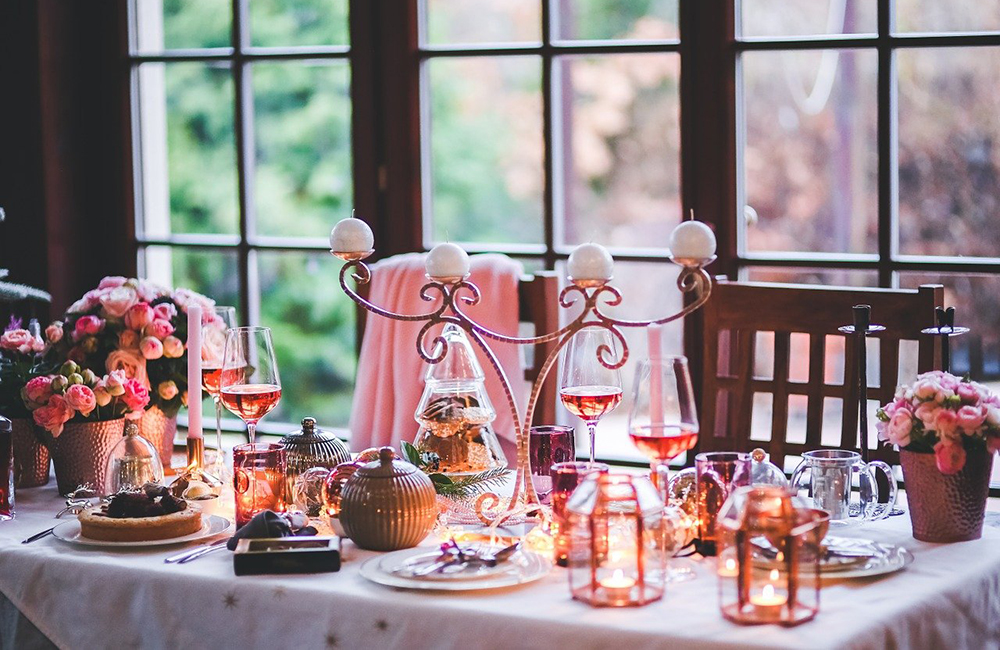As someone who has spent years in the restaurant industry, I’ve seen firsthand the impact that a beautifully decorated table can have on the dining experience. Whether you’re hosting an elegant event or simply preparing for an everyday dinner service, the right table decor can enhance the ambiance and create lasting memories for your guests. In this comprehensive guide, we’ll explore the art of table decoration, sharing practical tips and insights from my own experiences.
Table of Contents
- The Importance of Table Decoration
- Essential Elements of Table Setting
- Popular Table Decor Styles
- My Personal Experience in Table Decoration
- Steps for Decorating a Table at a Restaurant
- Pros and Cons of Different Decor Styles
- Comparison Table: Decor Styles
- FAQs about Table Decoration
The Importance of Table Decoration
Decorating a table isn’t just about aesthetics; it’s about creating an inviting atmosphere that encourages guests to relax and enjoy their meals. Research shows that diners are more likely to return to a restaurant that offers a warm and inviting environment. Here are some reasons why table decoration matters:
- First Impressions: A well-decorated table creates a positive first impression.
- Themed Experience: A table can reflect the theme of the occasion, enhancing the overall dining experience.
- Encourages Longer Stays: Beautiful decor invites guests to linger, leading to increased customer satisfaction and higher check averages.
Essential Elements of Table Setting
To create an effective table setting, you need to consider several essential elements:
1. Table Linens
The first element of your table setting should be the linens. This includes tablecloths and napkins, which set the tone for the entire decor.
- Tablecloths: Choose colors and patterns that complement your restaurant theme.
- Napkins: Napkins can be folded creatively for added flair.

2. Dishware
Selecting the right dishware is crucial. Consider the following:
- Plates: Choose plates that fit the meal being served.
- Bowls: Use bowls for serving soups or salads.
3. Flatware
Your choice of flatware also impacts the table’s overall presentation:
- Knives and Forks: Use high-quality stainless steel or other durable materials.
- Spoons: Ensure proper sizing based on the type of meal.

4. Glassware
The type of glassware used can be a statement piece:
- Wine Glasses: Quality wine glasses can elevate a dining experience.
- Water Glasses: Opt for clear glass to keep the setting light and airy.
5. Centerpieces
Centerpieces are crucial for drawing the eye and enhancing the table decor.
- Floral Arrangements: Fresh flowers are classic, while artificial arrangements can last longer.
- Themed Decor: Items like candles or seasonal decor can add a personal touch.
Popular Table Decor Styles
Understanding different table decor styles can help you choose the best one for your restaurant. Here are some popular options:
1. Rustic Chic
This style utilizes natural materials and warm colors, creating an inviting atmosphere.

2. Minimalist
Minimalist decor focuses on simplicity with clean lines and a limited color palette.
3. Elegant
Elegant decor often features luxurious fabrics and sophisticated tableware.

4. Themed
Perfect for seasonal events, themed decor adds a playful element to dining.
My Personal Experience in Table Decoration
Throughout my career in various restaurants, I’ve collaborated with talented designers and witnessed incredible transformations of dining spaces. One memorable event was a wedding reception where we combined vintage china with handpicked wildflowers, creating a stunning rustic effect that guests loved. This experience highlighted the importance of matching decor to the occasion and the emotional response it can evoke.

Steps for Decorating a Table at a Restaurant
Here’s a step-by-step guide to help you create the perfect table setting:
Step 1: Choose a Theme
Decide on a theme that aligns with your restaurant’s branding and the occasion.

Step 2: Select Linens
Pick tablecloths and napkins that complement the theme
Step 3: Arrange Dishware
Set the plates, bowls, and any additional dishware according to the meal type.
Step 4: Position Flatware
Arrange flatware starting from the outside in, following the order of use.
Step 5: Glassware Arrangement
Place glasses above the knives, ensuring they are polished and spotless.
Step 6: Add Centerpieces
Choose centerpieces that are themed and won’t obstruct conversation.
Step 7: Final Touches
Consider additional decor items, such as candles or personal notes for special occasions.
Pros and Cons of Different Decor Styles
| Decor Style | Pros | Cons |
|---|---|---|
| Rustic Chic | Warm and inviting, easy to personalize | Can be too casual for formal dining |
| Minimalist | Clean appearance, easy maintenance | May feel sterile or uninviting |
| Elegant | Creates a luxurious atmosphere | May require higher costs for decor |
| Themed | Captivating and fun, memorable experiences | Can be overwhelming if not executed well |
Comparison Table: Decor Styles
| Style | Best For | Key Features |
|---|---|---|
| Rustic Chic | Casual events | Natural materials, warm colors |
| Minimalist | Contemporary dining | Simplicity, neutral tones |
| Elegant | Formal occasions | Luxurious fabrics, sophisticated design |
| Themed | Seasonal events | Creative elements, playful decor |
FAQs about Table Decoration
What is the best color scheme for table decor?
The best color scheme often depends on the occasion, but neutral colors paired with a pop of color tend to work well.
How can I make my table setting more inviting?
Incorporate warm lighting, fresh flowers, and personal touches like handwritten menus.
What are some budget-friendly table decoration ideas?
Consider using seasonal flowers, DIY centerpieces, and renting dishware instead of purchasing.
Should I match my table decor to the restaurant’s theme?
Absolutely! Consistency in decor reinforces your brand’s identity and enhances the dining experience.
How often should I refresh my table decor?
It’s a good idea to change your table decor with the seasons or for special events to keep things fresh and exciting.
By following these guidelines and utilizing your creativity, you can create captivating table settings that elevate the dining experience in your restaurant. Remember, the little details matter, and they can make all the difference. Happy decorating!